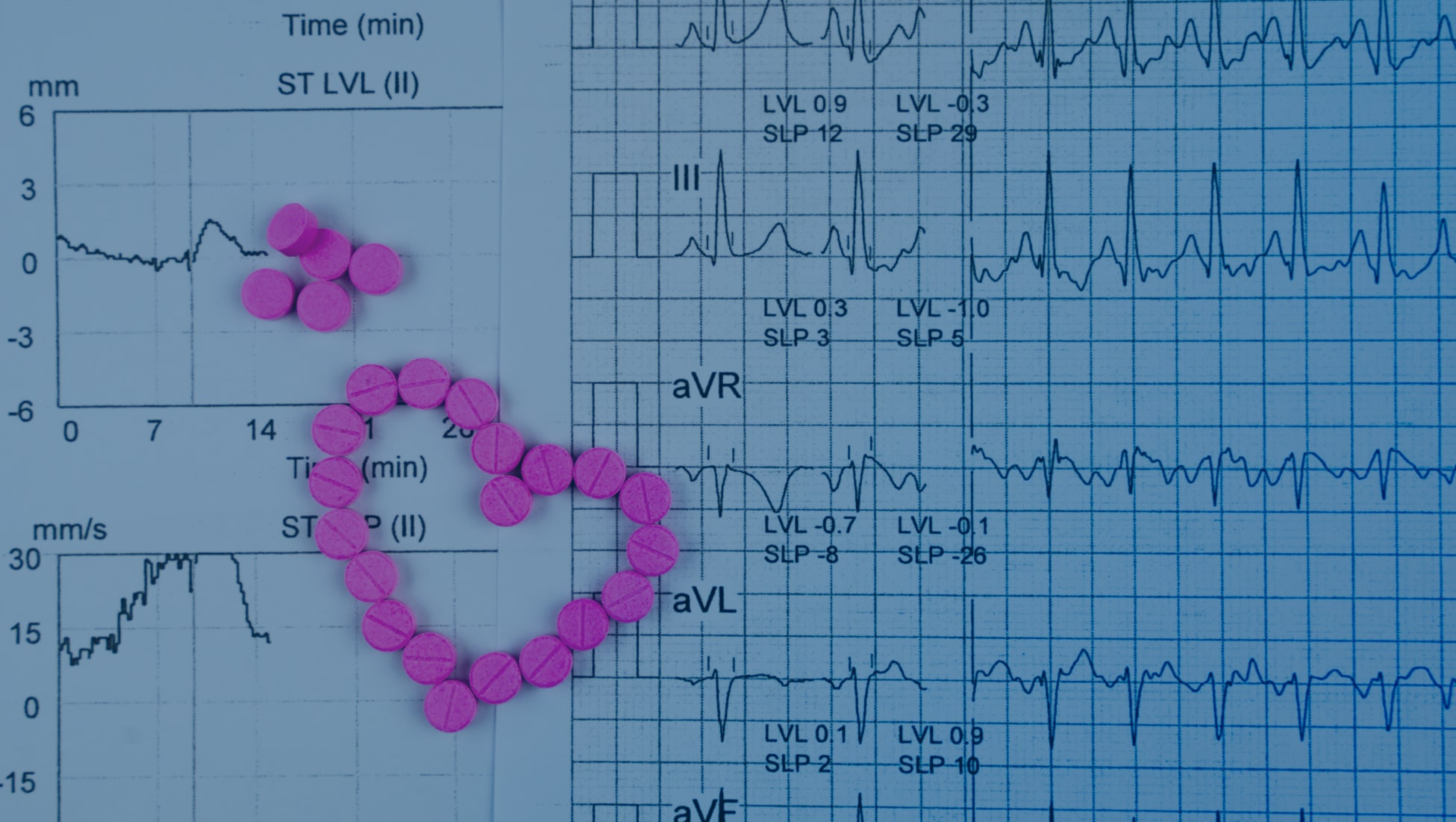
Exploring Primary Treatment Pathways for Atrial Fibrillation
Today, we explore options for treatments for atrial fibrillation (AFib), a condition that affects the rhythm of the heart. For someone who has been diagnosed with AFib, understanding the primary treatment pathways is crucial. Let’s examine five primary treatments and why early detection of AFib or atrial flutter is essential for improved patient outcomes.
Anticoagulants: Managing Blood Clot Risks
AFib can cause blood to pool in the heart, increasing the risk of clot formation. This can lead to serious complications such as strokes. To address this, doctors may prescribe anticoagulants, which help prevent the formation of blood clots. However, using anticoagulants requires careful monitoring because making the blood too thin can lead to an increased risk of bleeding, posing a potential challenge in emergency situations.
Medications: Controlling Heart Rate and Rythm
When managing AFib, controlling the heart rate and rhythm is a crucial aspect of treatment. Medications, such as beta blockers and calcium channel blockers, often become the cornerstone of AFib management. Beta blockers work by slowing down the heart rate and reducing its workload, which can help to alleviate the symptoms of AFib.
Another group of medications, anti-arrhythmics, are used selectively to maintain a normal heart rhythm. These drugs, which include amiodarone, have more strict usage because they can come with significant side effects and may require careful monitoring.
Cardioversion: A Quick Reset for Heart Rythm
Cardioversion is a key treatment for quickly resetting an irregular heart rhythm to its normal pattern in AFib patients. Through mild electric shocks (electrical cardioversion) or specific medications (chemical cardioversion), this technique aims to promptly restore the heart’s rhythm, often as an outpatient procedure. While it’s commonly a safe and effective means to correct AFib, it requires precautions to prevent potential complications, such as the formation of blood clots. Patients usually need to take blood thinners before and after cardioversion to mitigate this risk.
Ablation: Restoring Normal Heart Rhythm
Ablation is a procedure performed by electrophysiologists to restore the heart’s normal rhythm. This involves targeting and neutralizing the problematic areas in the heart causing irregular heartbeats. While ablation can be effective, there are potential risks such as bleeding, infection, or the possibility of new arrhythmias arising from the procedure.
Atrial Appendage Closure Devices: Reducing Clot Formation
In certain cases, physicians may recommend atrial appendage closure devices to address the risk of clot formation in AFib. These devices work by blocking off the left atrial appendage, a common site for clot development in AFib, reducing the potential for these clots to cause harm, such as strokes.
Physicians may consider this approach when challenges or risks are present with other options. For instance, in situations where maintaining the appropriate balance of anticoagulants poses difficulties due to increased bleeding risk, closing off the atrial appendage becomes a valuable alternative, effectively lowering the risk of clot-related complications.
Similarly, for individuals who may not be suitable candidates for ablation, the use of atrial appendage closure devices offers a complementary or alternative method to manage the underlying risk of clot formation associated with AFib. While the use of these devices comes with certain considerations, such as the potential for irritation or rare adverse reactions from the heart, they are considered beneficial for specific patient populations.
Importance of Early Identification for Treating AFib
Early detection of AFib or atrial flutter is essential for enacting the most effective treatment regimen and curtailing potential complications. The Centers for Disease Control and Prevention (CDC) state that AFib quintuples stroke risk and is linked to around 158,000 deaths annually in the US alone. [1] Prompt identification permits healthcare providers to customize treatment plans, optimizing heart health and lessening future complication risks.
Furthermore, research indicates that early treatment commencement significantly diminishes the risk of severe complications. For example, anticoagulation treatment for AFib patients decreases stroke risk by approximately 64% and reduces total mortality by around 25%. [2] Thus, early intervention correlates with enhanced quality of life and substantially lowers the danger of fatal complications, underscoring the importance of regular heart rhythm screenings, especially for those at increased risk such as the elderly and individuals with heart-related health concerns.
